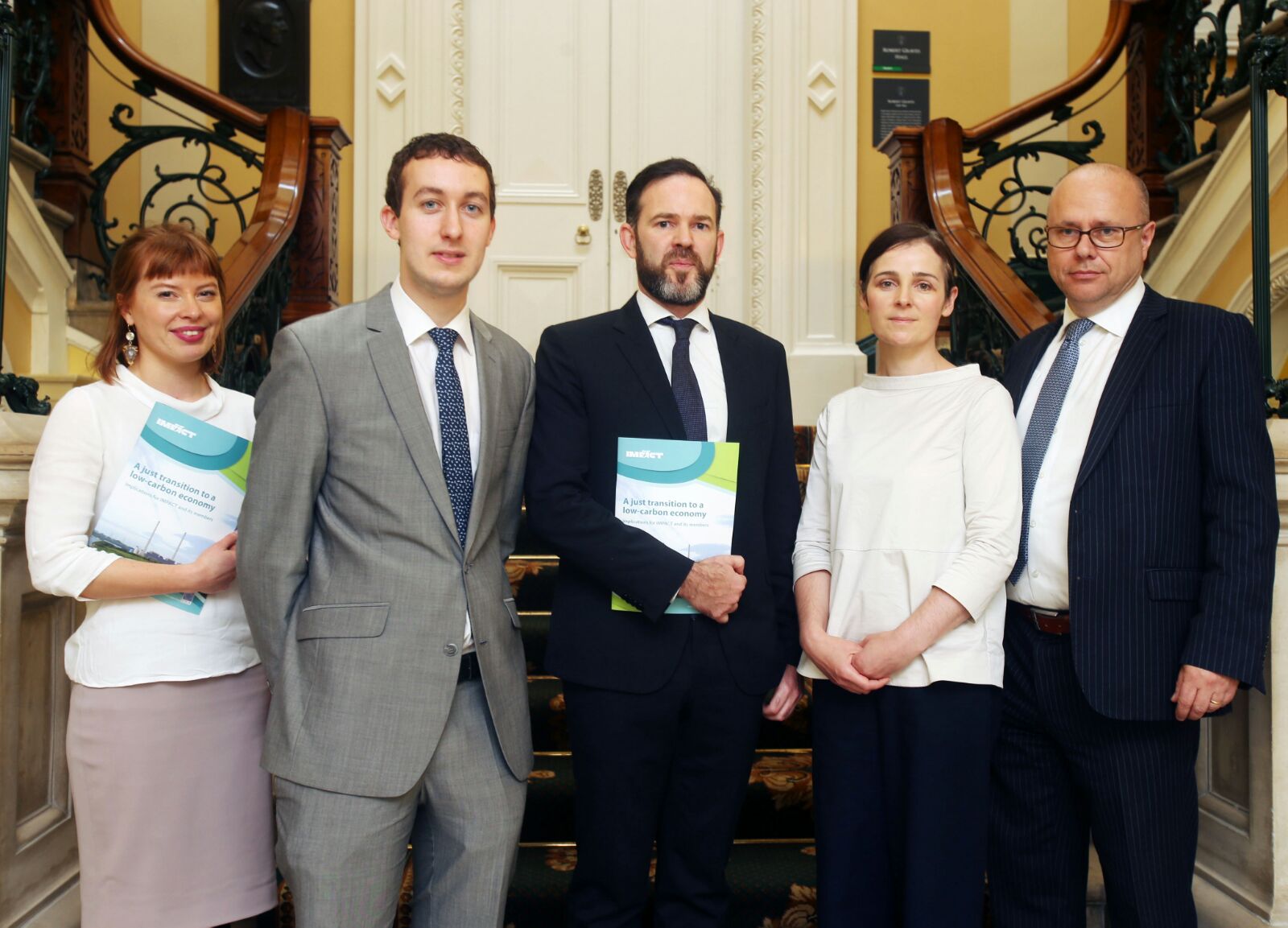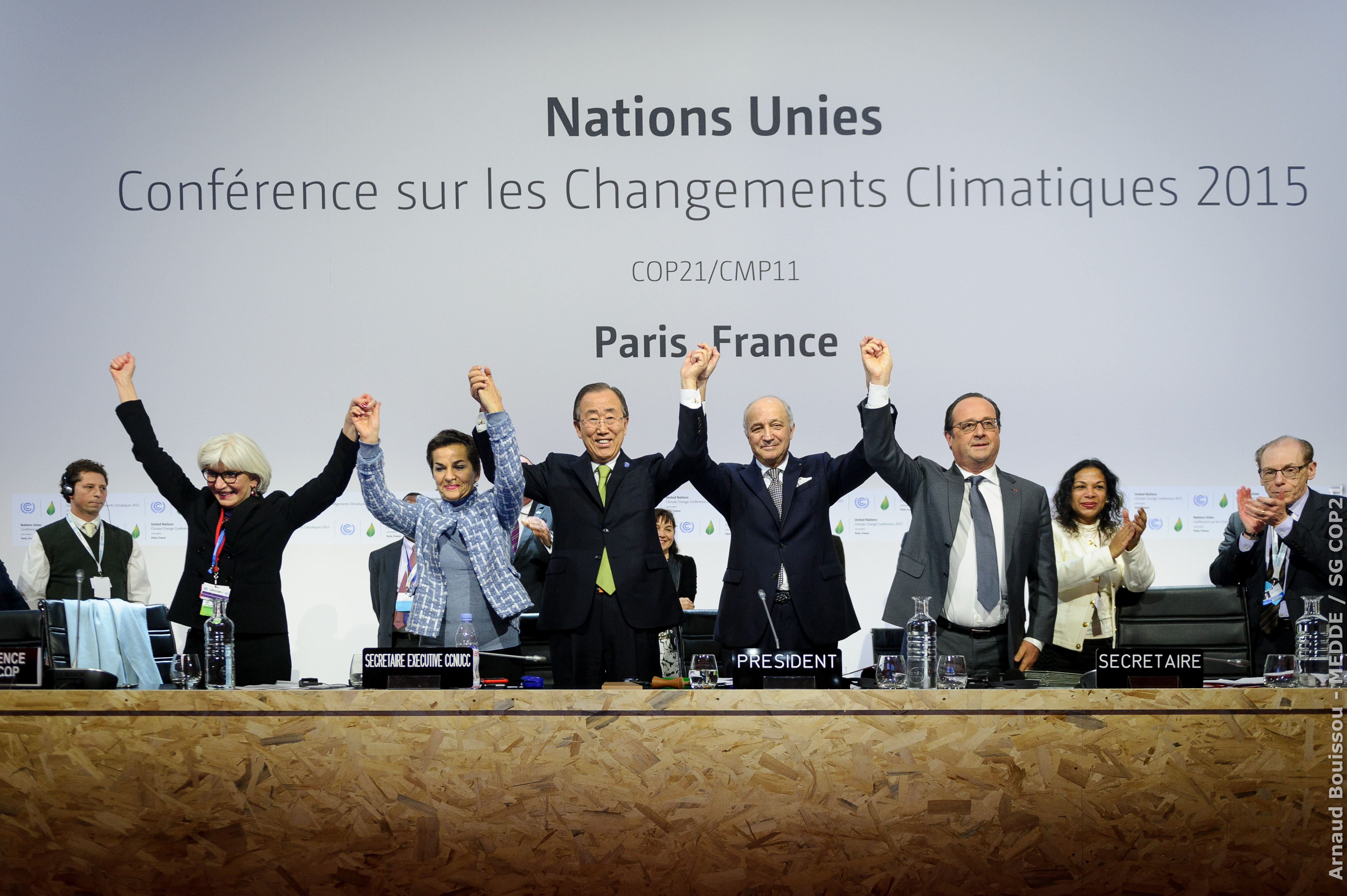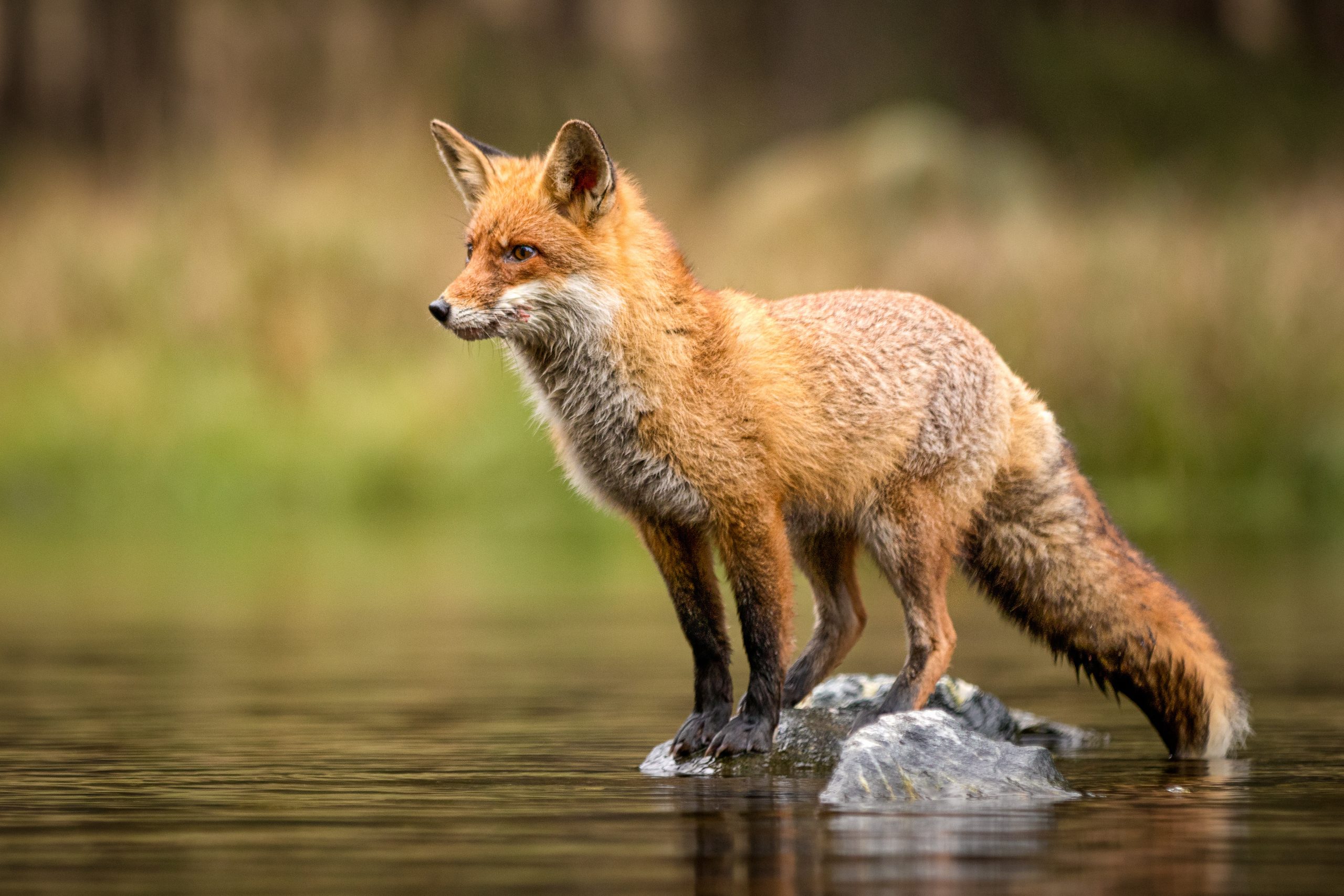Greens motion for new Irish forestry model passes

October 18th, 2019
A Green Party motion to transition our plantation-dominated forestry model to a close-to-nature, continuous cover system passed in the Dáil yesterday.
The motion, that passed by 70 to 38 votes, calls for the Government to push for a more diverse permanent woodland model that supports a wider range of forest types including semi-wild areas and agroforestry on farms.
The motion calls for a rebalancing of forest premiums and payments to support this strategic shift that will allow for the restoration of large areas of permanent natural woodlands.
The Government recently outlined a new planting target of 22 million trees every year for the next two decades. It is planned that short-rotation conifer plantations will account for 70 per cent of new afforestation, and the remaining 30 per cent of the trees will be broadleaves.
At just 11 per cent (770,000 hectares), Ireland has one of the lowest levels of forest cover in Europe, yet also has one of the highest rates of plantation forestry across the bloc. Only around two per cent of the country is covered by what is termed native or semi-natural woodland.
In 2017, Sitka Spruce made up 51 per cent of all trees planted in Ireland – a total of 343,310 hectares. The total area of grant-aided afforestation for Sitka and lodgepole pine increased from 48 per cent in 2004 to 74 per cent in 2018.
The Green Party’s agriculture spokesperson Councillor Pippa Hackett said that political support for the motion shows that “politicians are catching up” with those in civil society calling for a change in our afforestation model.
“It is vital if we want to use forestry to reduce out impact on the climate that we do it in a way that improves the environment, and benefits farmers and their farms,” added Cllr Hackett, an organic mixed livestock farmer from Co Offaly.
“The benefits of the right kind of forestry are multiple. They can improve our air and water, stabilise soils, they can support biodiversity, protect against flooding, shelter livestock, provide a renewable resource of wood and food, and take carbon from our atmosphere,” she said.
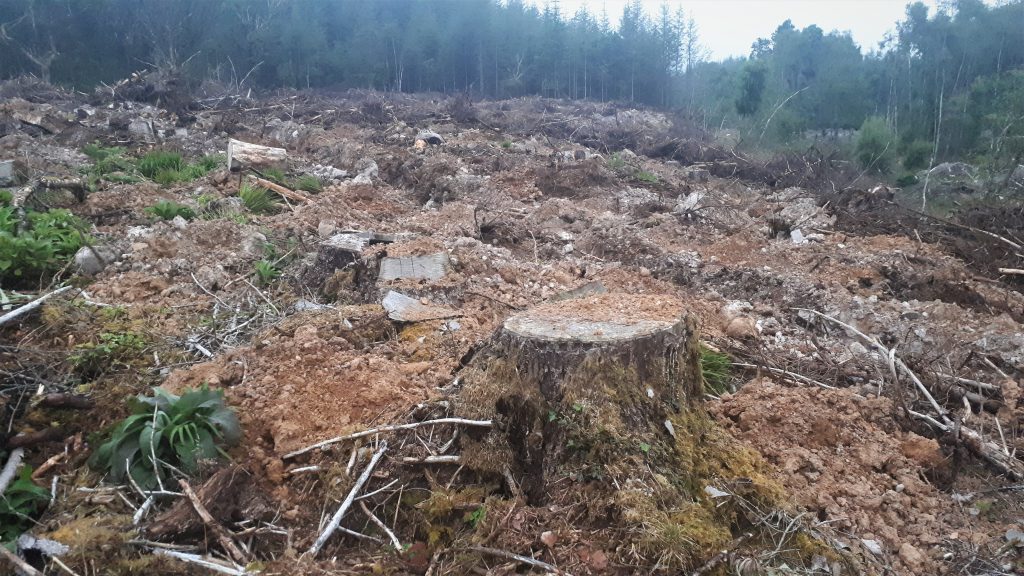
Community and farmer role
The motion also calls for the Government to establish local forestry plans with civil society input and environmental assessments to ensure there are no significant biodiversity impacts from planting.
This follows concerns in Co Leitrim over the level of plantations cropping up in the county, a large percentage of which is owned by outside investors from other counties or from abroad.
The county is the most forested in the country with almost 19 per cent (30,000 hectares) of all land under forest cover, substantially higher than the national average of 11 per cent. Conifers account for 70 per cent of trees planted.
The Greens also want to see the Government outline financial support for small-scale mixed woodland forests in each county, and to supports farmers to plant a hectare of native woodland on their farms within the next five years.
There is also the potential for higher value quality wood products from Irish forests, the motion states, with the Greens calling for the promotion of wood materials for new building construction.
The motion also calls for more support for community ownership and investment in afforestation, as well as a “radical expansion” of urban tree planting. There have been a number of high-profile cases of local authority removal of urban trees over the past year.
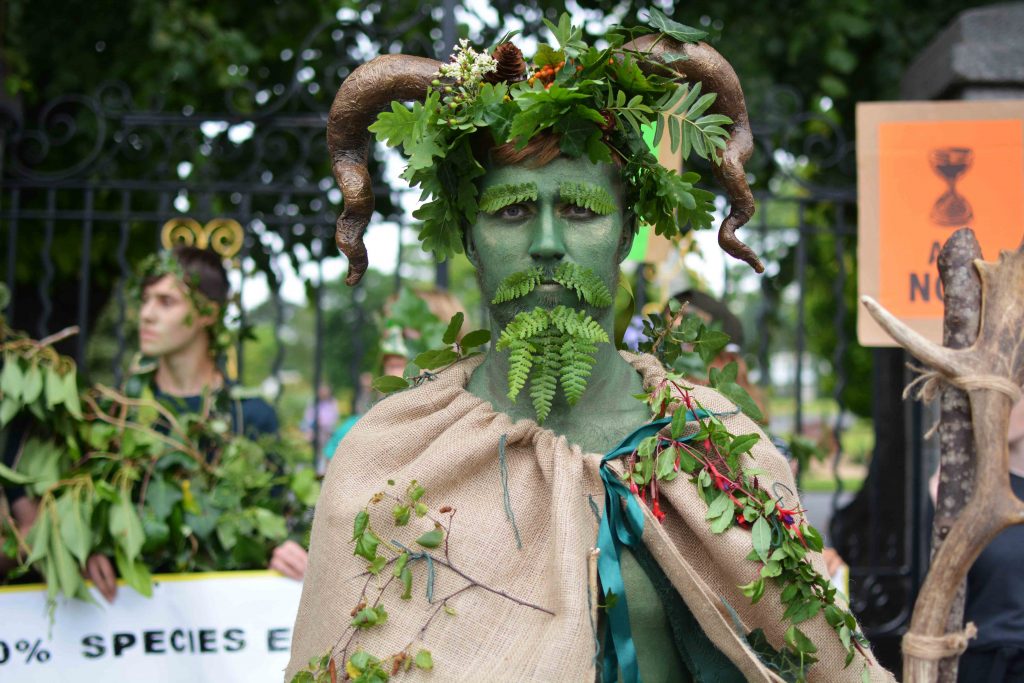
Carbon source and impact on biodiversity
Critics argue that the plantation model also has little long term value as a carbon sink as planting rates are failing to match harvesting rates.
A recent report from the Department of Agriculture shows that managed forest land moved from a carbon sink to a source in 2017 largely due to an increase in harvesting rates, a declining age class of forest areas and an increase in emissions from organic soils due to drainage at plantations.
In general, plantation forestry also supports a lower diversity and abundance of bird species relative to native broadleaves and supports fewer specialist species.
The NPWS has found that our current forestry model is a significant threat and pressure on habitats and species protected under European law.
The Environmental Protection Agency has also found that afforestation and harvesting can impact soils and biodiversity, as well as water quality through acidification and nutrient run-off.
A recent UCD-led study of forestry in Co Leitrim found that only 61 per cent of sites were visited in 2018 to assess if it was good for planting or was environmentally suitable in advance of the Forest Service issuing an afforestation licence.
Just over two-thirds of sites were subject to field inspection before final grant payment was made by the State, the study said.
The researchers also found that the field inspection rate for felling licence applications was only six per cent in 2018, even though the county had the second-highest level (126) of felling licences that year. The average national rate was 19 per cent in 2018.
[x_author title=”About the Author”]
